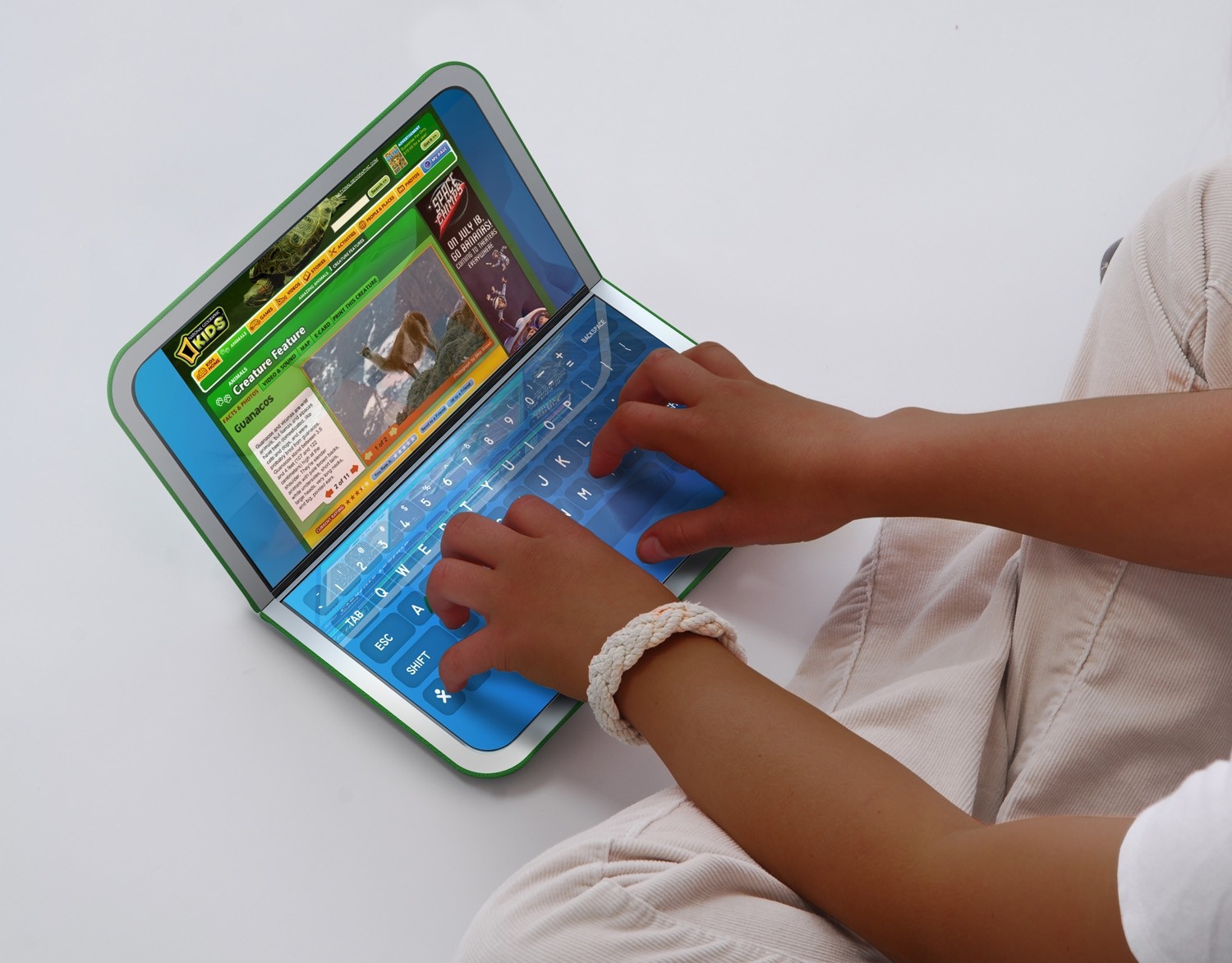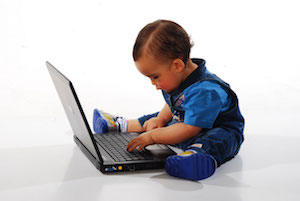Kids and Tablets: A Marriage Made in Heaven?

It’s a very different world than it was just a few years ago. While previous generations could only dream about some of the things science has provided us, these advancements are available to us now. Kids today have access to things like iPads and modern laptops. Technology has run rampant and interactivity is everywhere. Children particularly have embraced the electronic products now on offer, and are becoming comfortable with digital interactivity. Thanks to kid-proof ipad mini cases, parents are getting comfortable giving these pieces of technology to their children.
But can these devices be used for more than entertainment? Can tablets be used as a tool for education? We’re going to look at what tablets are, how tablets can engage children, and how they can be implemented into the modern classroom. So, read on, and discover the advantages of using these modern devices in the classroom!

Kids are learning basic computer skills before they are learning basic speaking and motor skills (like walking).
Tablets are amazing pieces of tech. iPads brought them into popularity, and now it seems that in most homes you can find some kind of similar device. They are essentially large versions of the modern smartphone, equipped with a touchscreen for both control and visual output. They can be used for listening to music, watching movies, reading, playing games, and pretty much anything else you can think of. Technology is always advancing, meaning there are more and more uses for these tablets, and they are also becoming cheaper, lighter, more durable, and therefore more mobile. Plus, they can more than make up the costs saved in buying textbooks and other learning materials. Today, it’s more than possible for a school to have this technology in every classroom, and many schools already do so.
Kids have fallen in love with tablets since their introduction in the last decade. They provide an easy-to-understand control interface and have an endless supply of new entertainment content in the form of free apps and games. Parents love these tablets too, because the content they provide is so cheap, and since there is so much of it available, kids can spend hours upon hours tapping away. They are a practically inexhaustible bevy of distraction. The level of digital interactivity offered to children that can be quickly and easily through these devices in unmatched by any other product. Kids don’t all want traditional toys for Christmas anymore, now it’s all about the Microsoft Surface and the Apple iPad. This certainly doesn’t have to be a bad thing, though. Digital interactivity is great for children that have grown up in this information era, and helps grow creativity. Though many kids are already well-familiarized with the use of touch-screens, for those who aren’t so familiar with the technology it’s imperative to prepare them for the modernized world that awaits them, and these devices do a great deal in that regard.
The great thing is, there aren’t only apps for entertainment, but also apps to help teach kids and assist in their learning. Plenty of apps are full of educational value for children of all ages. There are apps designed to help kids learn to read, to help kids learn math, to help kids learn about history, and to help kids learn about every other subject. More importantly, they’re fun. Apps can also be used for special-needs students, which is spectacular. And not only are these tablets great for small children, but they have great utilities for young adults. With all the tools they provide, such as video, word processing, social networking, note-taking, and much, much more, these devices have equal if not more value to teenagers in school. Tablets can be used to complete assignments and then hand in work quickly and efficiently, and to communicate with instructors in a discreet way. Interactions between teachers and students can be streamlined using these devices. Apps like Nearpod and Schoology are designed to help with the classroom experience, with functions like distributions of content such as videos, tests, and assignments. I’ve had multiple professors who use apps or their own class blogs. These devices have so many different applications, it’s incredible.
These devices can be wonderful tools to enhance a student’s learning, and while they might be considered distracting by some people, the pros of their use far outweigh the cons. There is an app for nearly anything you can think of, and fortunately, that includes education. With the huge amount of content available and the simple interface and control systems, tablets provide an interesting and engaging way to help kids learn in the classroom. The move towards more technologically-oriented schools has already begun, with millions upon millions of tablets being sold to educators every year to help with teaching. Whether you’re ready for it or not, the future is here, and it’s time to bring it into the classroom to work for you.